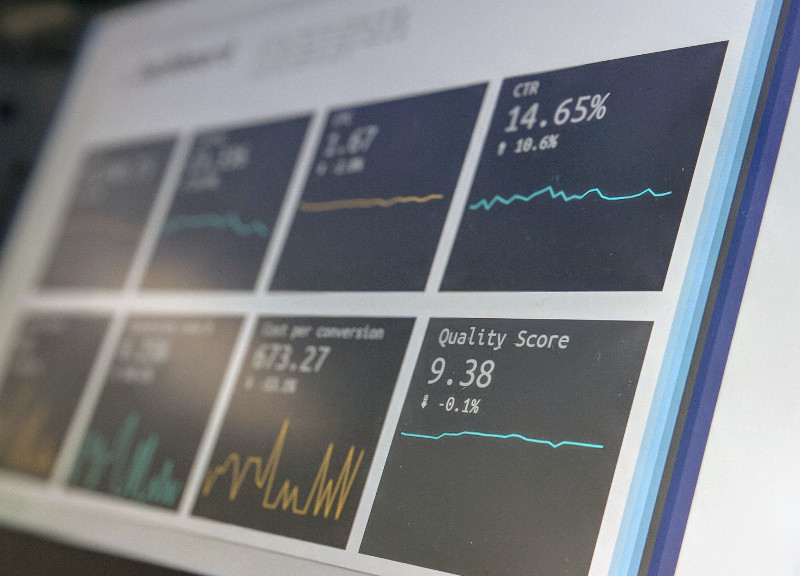LAST UPDATED 5 years, 11 months ago
Intro
The worlds of tech and marketing are chock-full of buzzwords and acronyms, some important to remember, some less so. Among them, the Click-Through Rate is definitely something to remember for its foundational role in any digital marketing strategy.
What it is
The Click-Through Rate (CTR) is a measure of how likely someone will click on your ad or link, or open your email for example. It is a key measure of the performance of your marketing campaign.How it is calculated
The CTR is simply the number of clicks a link or ads has received, divided by the number of times it was displayed to members of your audience. In other words: CTR = (number of clicks)/(number of impressions)Importance of CTR
Optimizing the CTR is of paramount importance for any business, as it measures how much their marketing efforts resonate with their target audience. To understand the importance of CTR, we must first distinguish between two major types of ads:- Pay-per-impression ad campaigns, also known as Cost Per Mille (CPM) ads, are ads designed to raise awareness. In these ads, you pay by the number of people your ad has reached, whether they click it or not
- Pay-Per-Click ads, in which – as the name suggests – you only pay if someone clicks on your ad
Three steps to increase your CTR
- Target the right audience: in the case of ads, this is done by bidding on the right words, as well as restricting the audience by age, location, and sometimes gender.
- Write relevant ads that resonate with your target audience: no one is sitting behind their desk waiting for the chance to be advertised to. This is why you need to write ads that pique your reader’s curiosity or connects with them on an emotional level. Your job is to put yourself in your reader’s shoes and figure out what they are likely to need, what problems they need fixing, and so on.
- Test, test, test! And optimize. This is where Scinapse.AI comes into play. You can let an expert do this part for you, while you focus on your business. To understand A/B testing, take this example: you run two ads with the same purpose: ad A was shown to 4000 people and has a CTR of 4.7%, and ad B has been shown to 1300 people and has a CTR of 5.2%. The ads were not likely shown to the same people, and we’re not sure about the demographic details of each audience. In other words, the two samples are random. Does this mean that ad B is better than A? Or is the difference simply due to statistical noise? To know this, we perform statistical tests known as hypothesis testing and derive a confidence measure that B is better than A.
